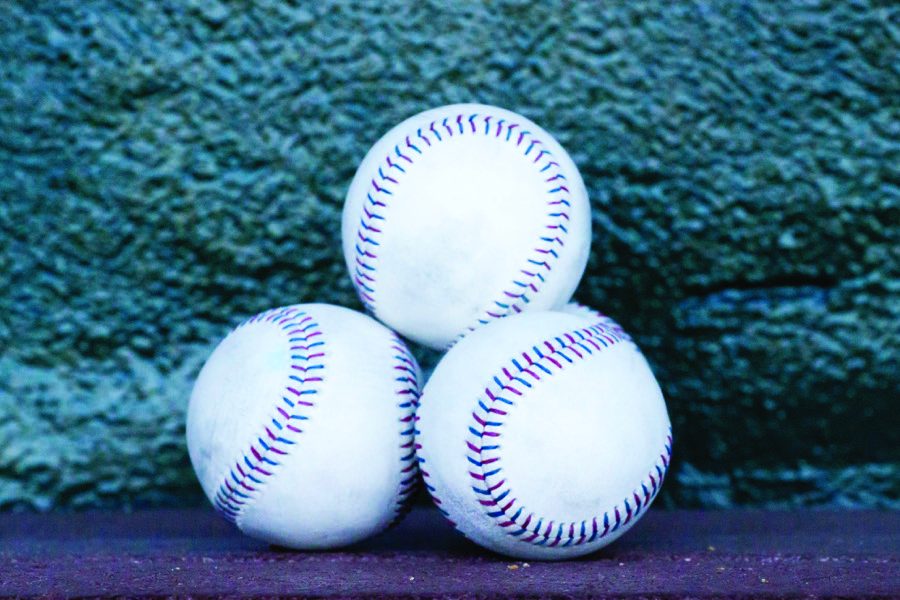Matter of trust: Pitcher-catcher relationship solidifies success
“The game starts [and] ends with the pitching,” redshirt junior pitcher J.P. France said. “I mean, the starting pitcher is going to set the tone for the game and depending on what the score is, the closer’s going to end the game.”
Many fans see pitching as the heart of the game of baseball, and while France agrees the pitcher sets the tone, the role of the catcher and his relationship with the pitcher is crucial.
Redshirt sophomore pitcher Brandon Issa puts his trust in his catcher, who serves as his eyes on the diamond. That trust develops throughout the fall, getting to know one another as players and as people both on and off the field. Catchers and pitchers work with a variety of partners, learning each other’s strengths and weaknesses because no pair is guaranteed.
“[Helping you], that is part of what a catcher does,” Issa said. “You aren’t going to throw strikes all of the time and they are going to steal some pitches for you … It’s a pretty close bond. Especially when you play with each other over and over again.”
Freshman catcher Paul Gozzo feels his position gives him a different perspective than the other players or the coaches, as he’s the only person looking out at the field from behind the plate.
“The game starts with the pitcher, because they are the one that gets on the rubber. … The catcher is the control of the game,” Gozzo said. “[The catcher is] the only player that can see the entire field at one time.”
Catcher is a position filled with action and constant interaction with the ball. Even when the ball does not go into play, the catcher throws it back, places his mitt in position and awaits the next pitch.
This allows pitchers to focus on the batter, while the catchers work with pitching coach Tighe Dickinson to set the stage for what could become a strikeout or the next home run. Gozzo believes no matter who is throwing that pitch, it’s his responsibility to make their strengths shine.
“There is a lot of different people with different personalities, and it is a learning process,” Gozzo said. You learn the different personalities of each pitcher … and the abilities … It is kind of your job to learn with them. It’s kind of your responsibility as a catcher to understand that and be able to handle each [pitcher] differently.”
Through the course of nine innings, not every pitch will be perfect. Bouncing back from the balls and wild pitches to break the opposite team’s momentum is something the pitcher and catcher work on together.
“[The catcher is] standing back there evaluating every hitter trying to get outs just as much as the pitcher,” Gozzo said.
This desire to end the inning and switch to offense can put a lot of pressure on the pitcher. To Issa, missing a call in the heat of an inning can become an opportunity instead of an error in the scorebook.
“Even if you have the wrong pitch for that situation, if you have conviction in it, it could be the right pitch,” Issa said. “I know a lot of times if [I] completely screw up a pitch … like not even close to the strike zone, I’ll usually go back to that same pitch the very next time because I know I’m not going to throw it bad twice, and they are going to expect something different.”
In moments where the strategy of the defense fails and batters get on base, pitchers are no longer solely dependent on their catcher, Dickinson or themselves but also their fielders. France said he believes once the players step onto the field, they completely have each other’s backs.
This camaraderie allows players like Issa and France to do what they love best and what first brought them to the game.
“I just like throwing,” Issa said. “Plain and simple.”
Your donation will support the student journalists of Tulane University. Your contribution will allow us to purchase equipment and cover our annual website hosting costs.



